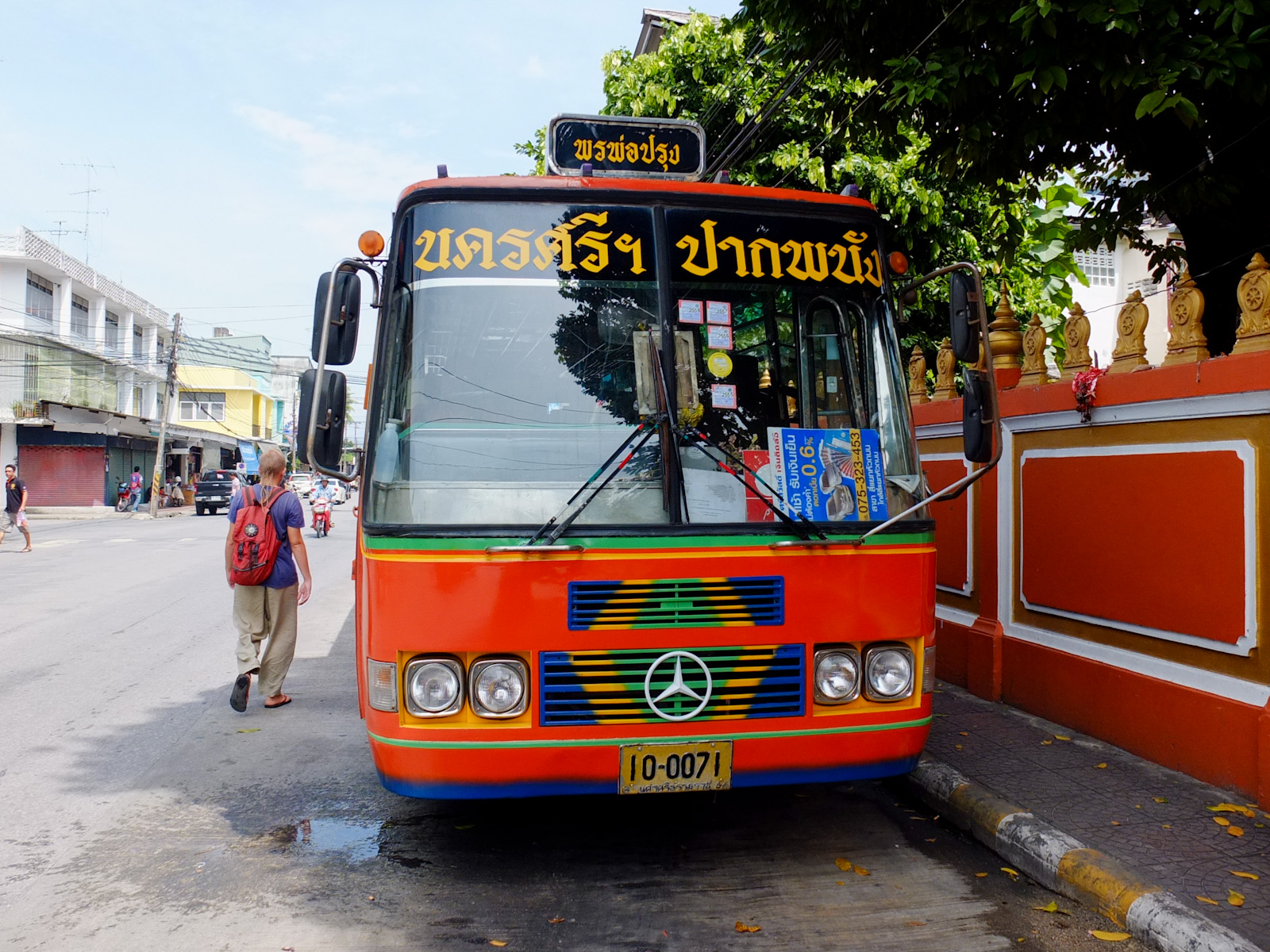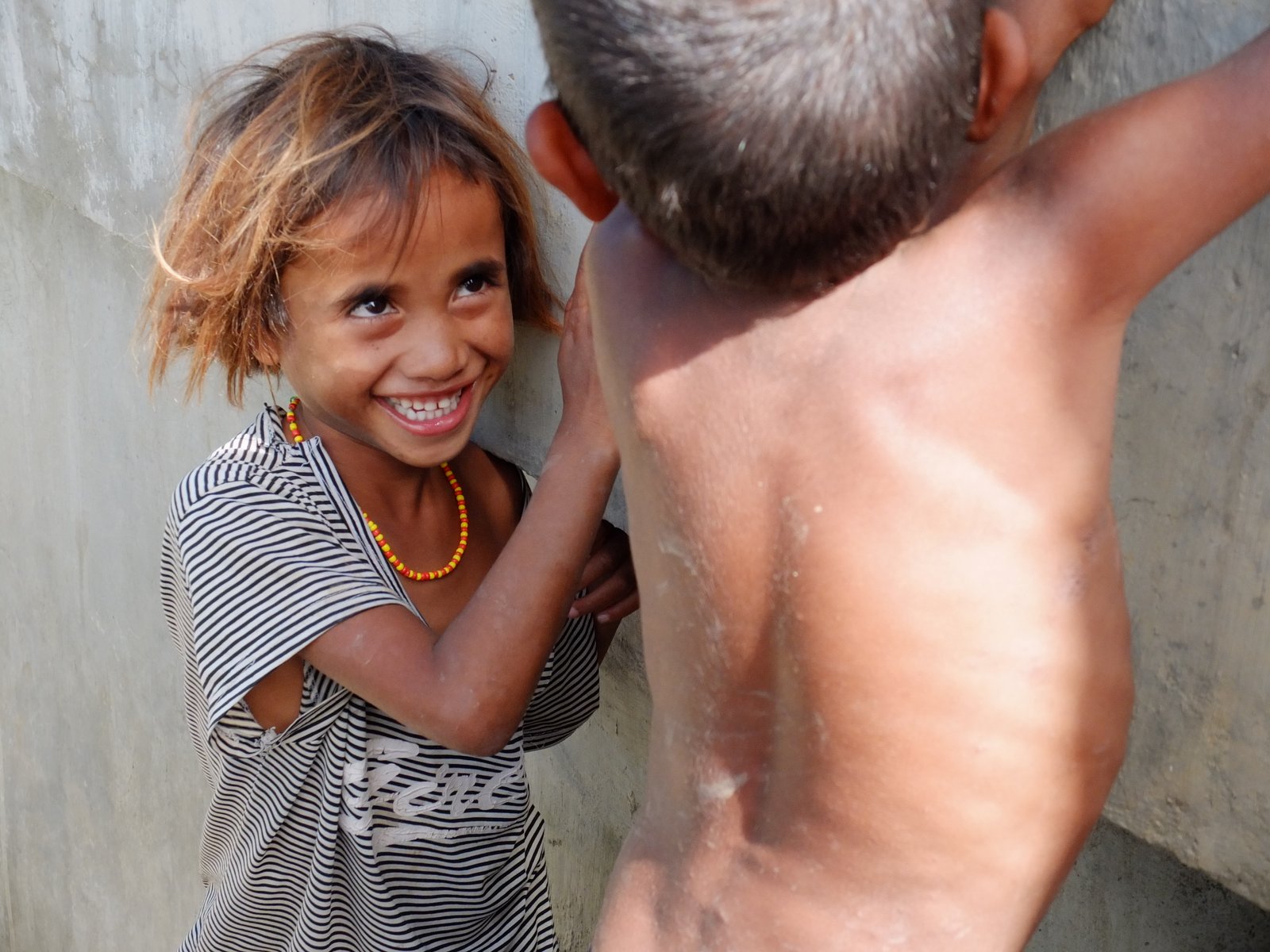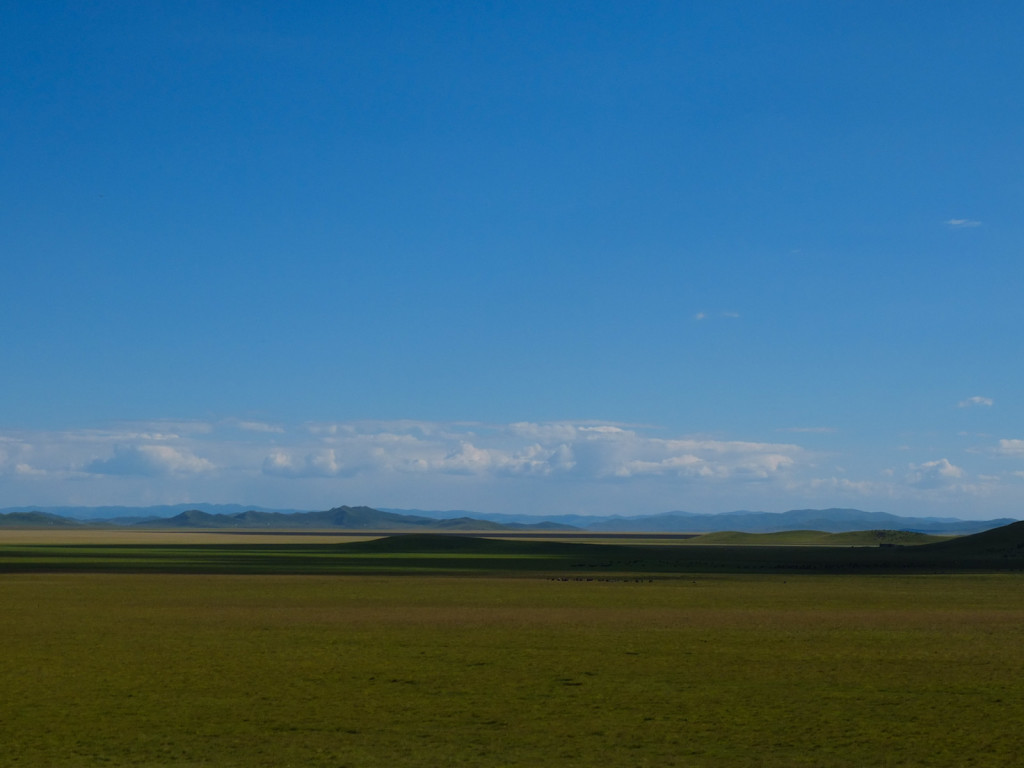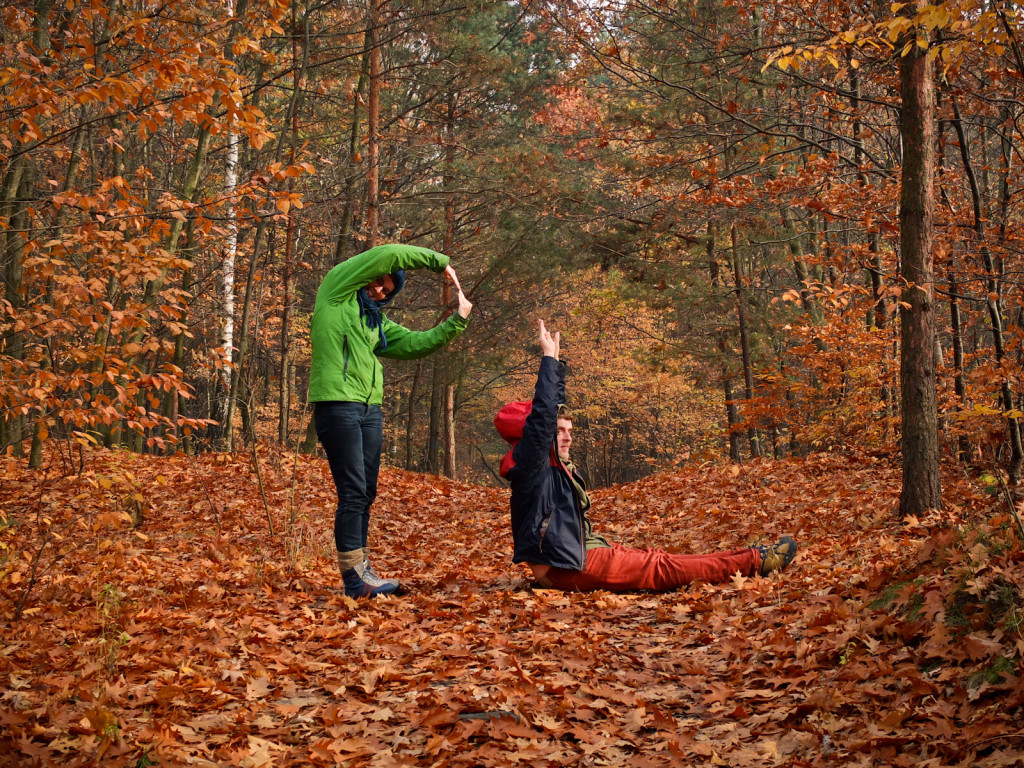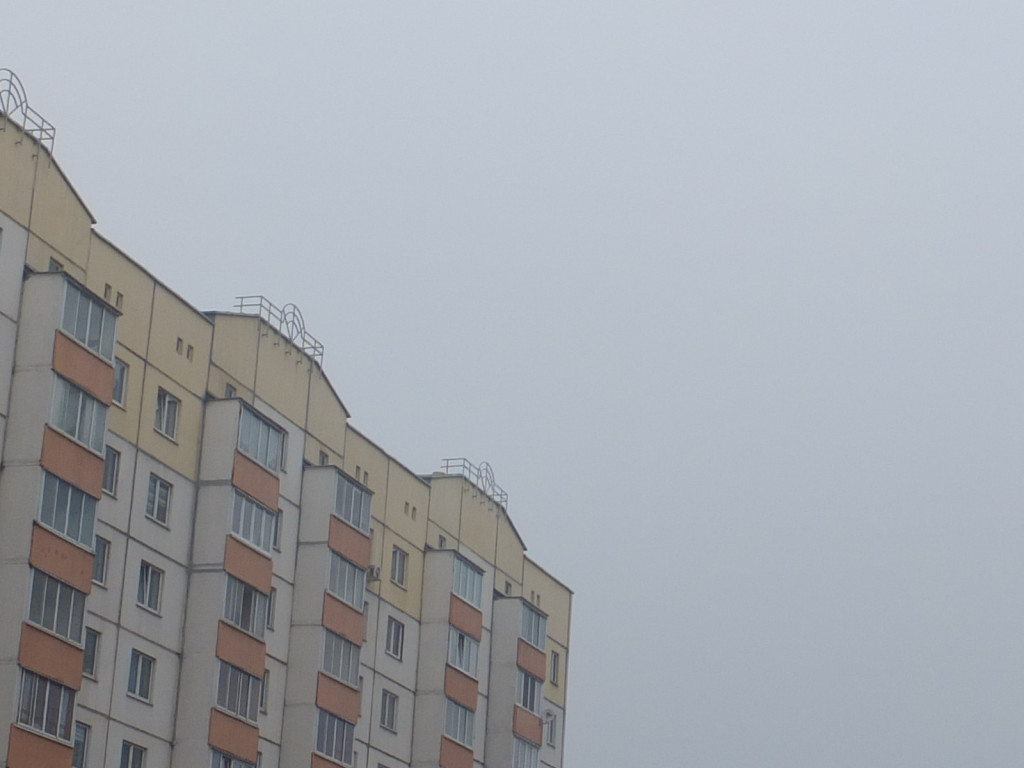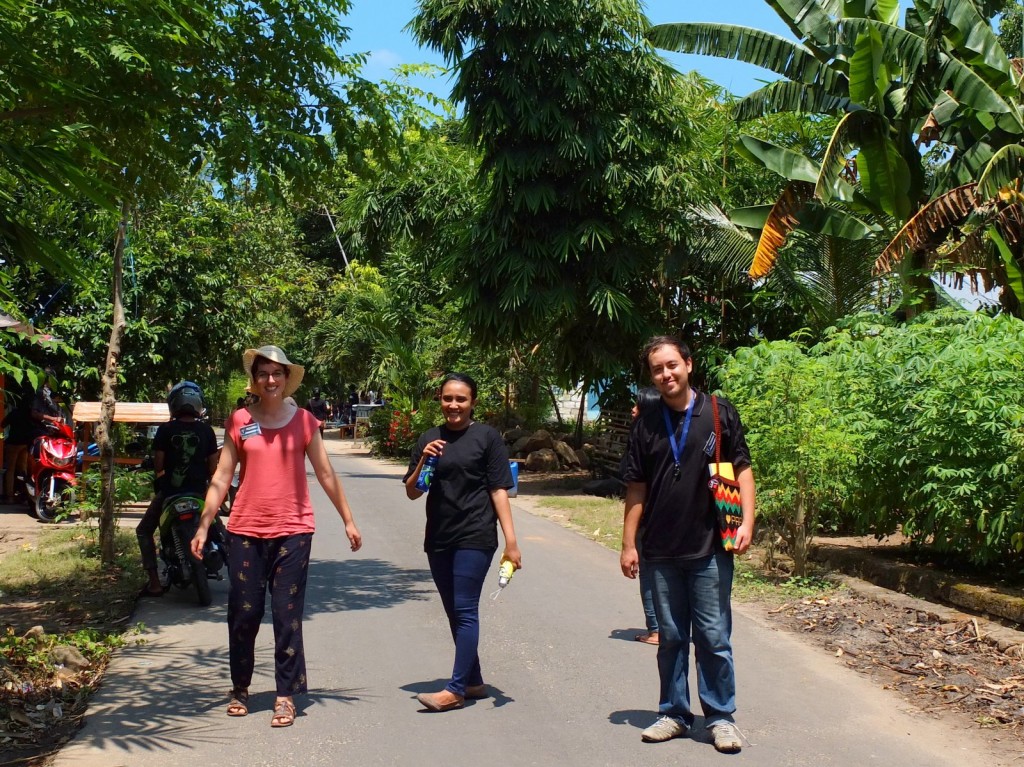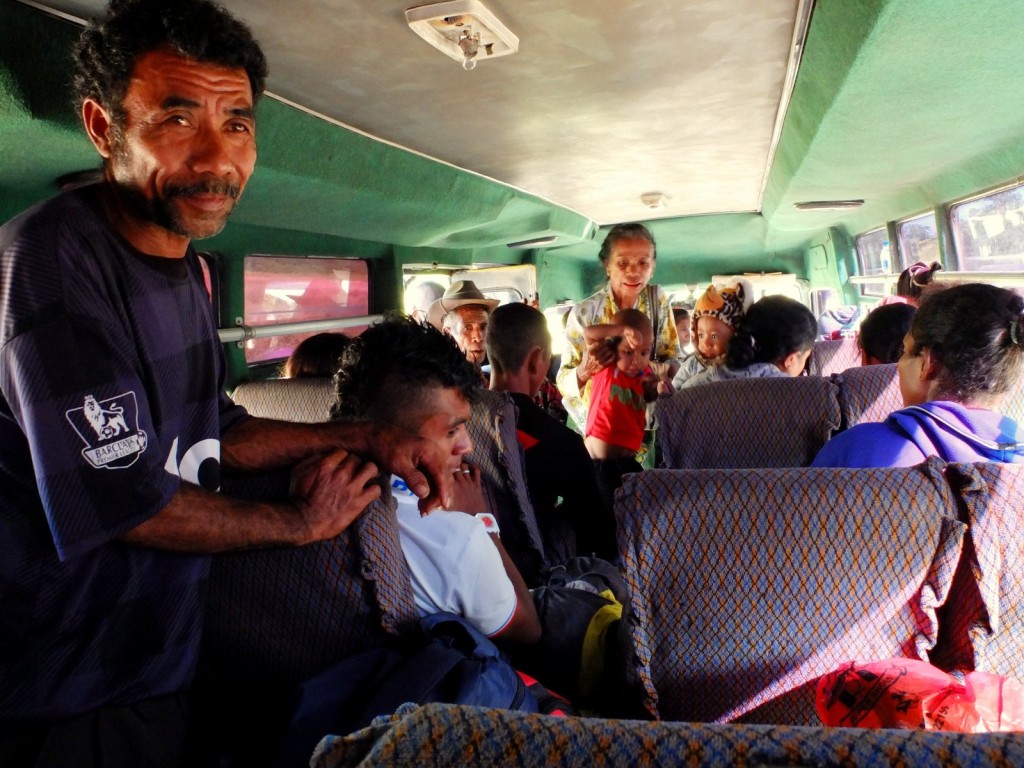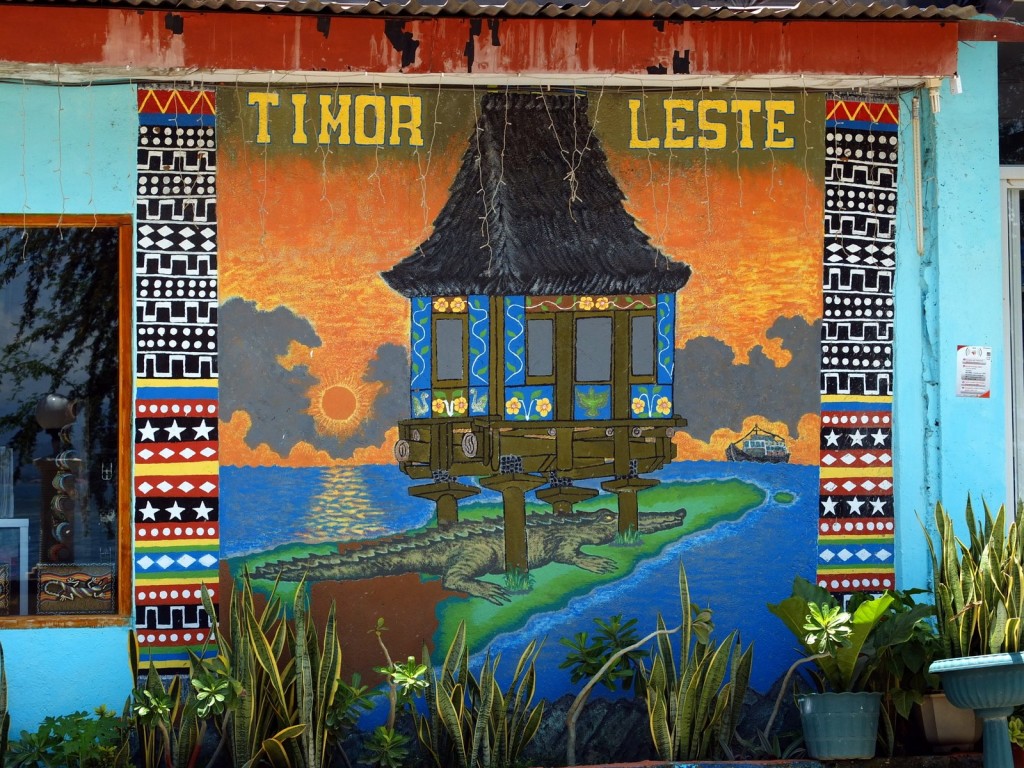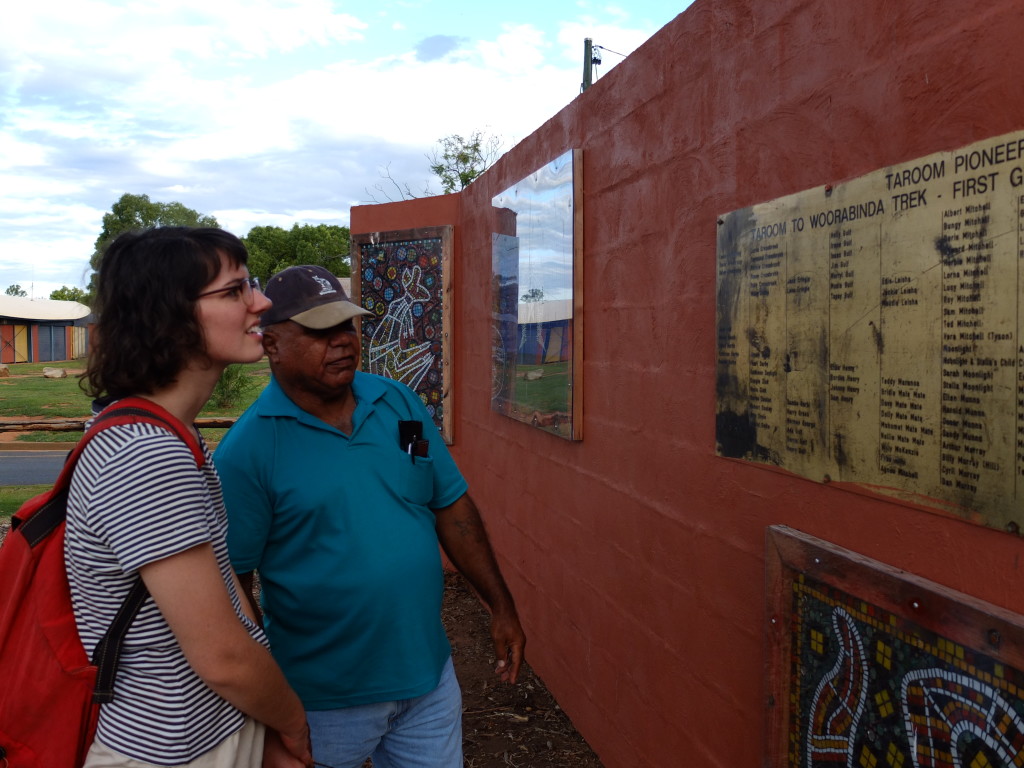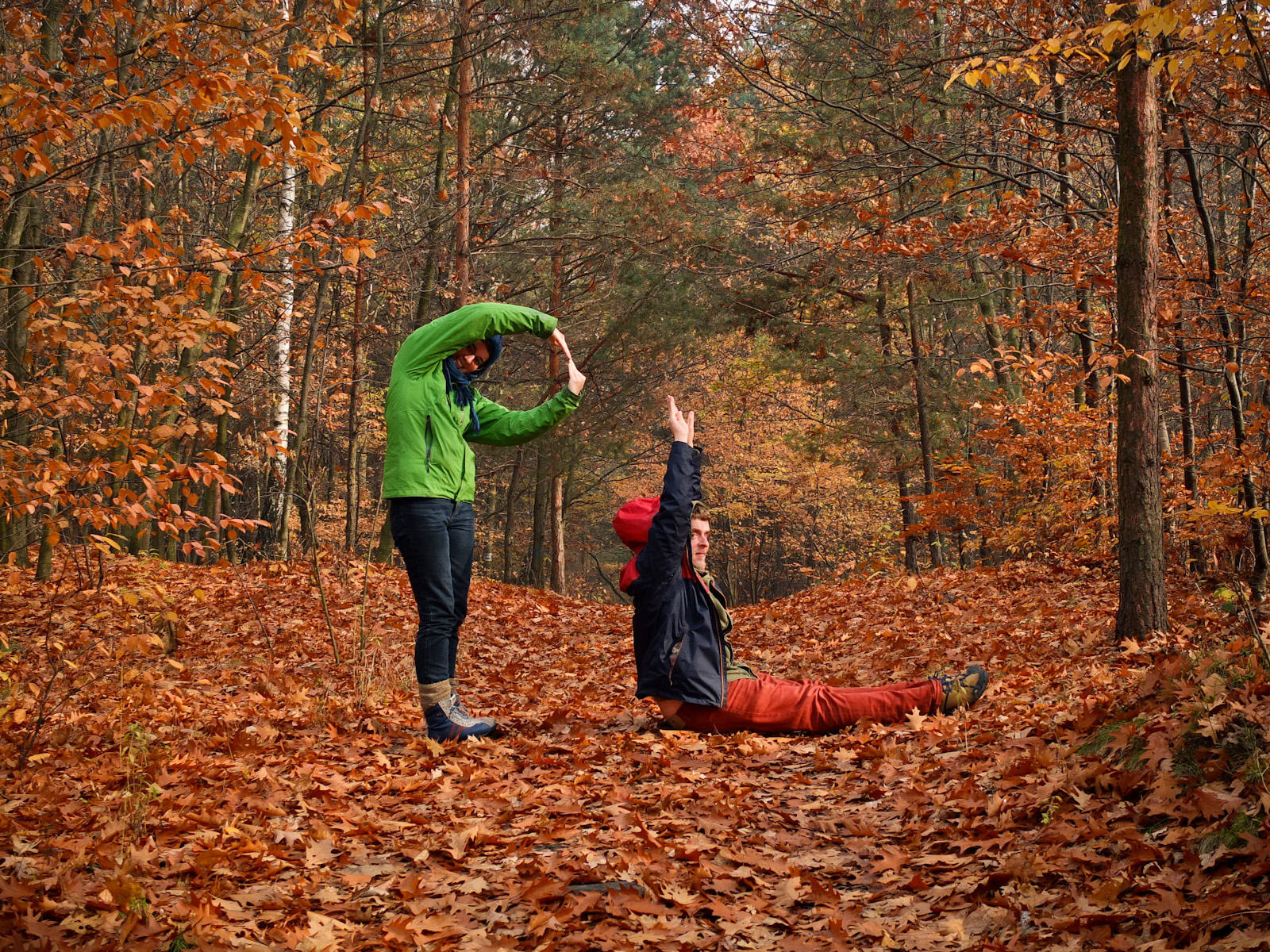
Tag: politics
Finding the ‘real’ Tibet
Of all the views of our journey, the Tibetan Plateau was the one to transfixed me. For the first time, I felt myself truly and totally riding the journey. I never tired of looking out the window at the seemingly endless green plain and huge blue above. My thoughts remained present in the landscape, thinking only in wonder of the naturally treeless land rolling by like an ocean and contemplating the life that might be happening inside the intermittent white tents…
We (now joined by Jarmo, perhaps the first Polish-Sichuan chef ever!) were hitch-hiking through the accessible regions of Amdo Tibet. This is not to be mistaken with the Tibetan Province – closed to foreigners unless you’ve the budget to fork out big for a guide who’s guaranteed to make sure you don’t see too much! There are, in fact, places where Tibetan culture exists that have no access restrictions and nomadic life may even be better persevered than within the Tibetan Province. Inspired by this blog, we chose to take a route between Chengdu to Xining to learn something for ourselves about this ancient civilisation. Continue Reading →
We made it: Australia to Poland NO FLIGHTS!
Today we are writing to you from POLAND!!!!!!!!! We have made it the whole 25,000km from Wendy’s Melbourne, Australia, to where we sit now in lounge room of Jurek’s mother in Katowice, Poland, without taking a single flight! Around 15,000km of the way, we hitch-hiked. Project Drop the tension was cooked up while hitch-hiking east coast Australia – why don’t we keep going to Poland? we thought. We wanted to travel to get ideas and inspiration from different cultures for ways to live our own lives and decided that might be interesting for other people too. Wanting to travel consciously, our idea was broadly to explore cultures of sharing along our flight-less way: to meet people from a range of diverse backgrounds taking local action for more a human-friendly world. 1 year, 2 months and 10 days later, we’ve made it! We have officially completed our conscious overland journey crossing halfway round the globe, visiting 15 different nations. WOW!
It’s surreal for us to be here and have our clothes folded away in drawers (!); we imagine it will take some time to adjust back into living life in one place. No doubt we will have many more ideas, reflections and perhaps conclusions to share with you in the coming weeks and months as we fully churn all the experiences that have gotten us to where we are now. But for now, we wanted to mark the achievement by looking at some of the huge contrasts we’ve had along our way:
Continue Reading →
Trolley bus: outsider in Belarus
Minsk. “How is Belarus different from Australia?” they asked me at the weekly couchsurfing meet up. There were 40 or so people at the event. 5 were foreigners. I feel like a celebrity. They want me to tell them about the rest of the world. What is it like out there? They want to know about my work history. My salary. Our retirement age. My opinion on the refugee crisis. “How is Belarus different from Australia?” Can I think of one way in which they are the same?
MITRA
We want you to meet our friends from eastern Indonesia. They’re a student organisation called MITRA, or ‘partners’ in Bahasa Indonesia. It stands for Mahasiswa Indonesia Timur Relasi Asing, or East Indonesian Students Foreign Relations Society. Their goal? To empower the students of East Indonesia. After travelling East-West across Indonesia, I understand why MITRA’s work is so important.
From the outside, Indonesia seems to be another Muslim, South East Asian country. But it’s actually a complex and extremely diverse “empire” ruling over many different nations and regions, with differing languages, customs and even climates. This is a country made up of more than 17000 islands! I didn’t realise before arrival that Indonesia is the world’s 4th largest population! However, 58% of these people live on Java – the most densely populated island in the world. This skewed population density makes for inequality of resources, as allocated by the central-focused government.
On the road in Asia’s newest nation: Timor-Leste
The bus pulls out of Dili and starts it’s steep ascent. It’s loaded up with people, luggage and bags of rice. Inside and out. 4 people share the seat across from us: grandma, mother and 2 children, trying to avoid my gaze. However, young boys, who can’t be much older than 19, seem to be running the operation and their cigarette smoke, blasting music and testosterone dominate over the other passengers. The aging engine groans, in its upward struggle. Dili, the sea and further out Atauro Island, are visible below us for the first hour, as the climb reaches more than 1000m above sea level. My ears pop. The bus stops a couple of times and the adolescent males open the engine hatch, hit something with a spanner and it comes back to life.
Dili. History of Timor-Leste.
Usually, before coming to a country or region I like to learn as much as I can about the place. This time was different, we got immersed in a place completely different from almost anything we’d seen before and just then we could start learning about it. The reality of Dili, followed by the history of this youngest capital and country in Asia appeared to be really complex – fascinating, shocking and welcoming at the same time.
Introducing Woorabinda
Woorabinda is an aboriginal community in Central Queensland that no one has heard of. Traditionally Woorabinda was part of the land of the Wadja Wadja people. Between 1927-1970 the Queensland Government forcefully removed 1473 Aboriginal people from their traditional lands across the huge state to the Woorabinda reserve, 170km south-west of Rockhampton where the summers are hot, the winters are icy and drought common. These people represented at least 47 different tribes, with different languages and customs.
The first 298 people of Woorabinda were made to walk 200kms from the Taroom reserve, further south. Many of the people walked in chains, though they were not criminals. The relocation occurred due to the proposed construction of the Taroom dam, that would flood the Taroom reserve. The dam remains unbuilt to this day.
“Woorabinda was never a mission” A local councilor told us. “What’s a mission? Either a community run by the church or a vision. Woorabinda was neither of these things.”

